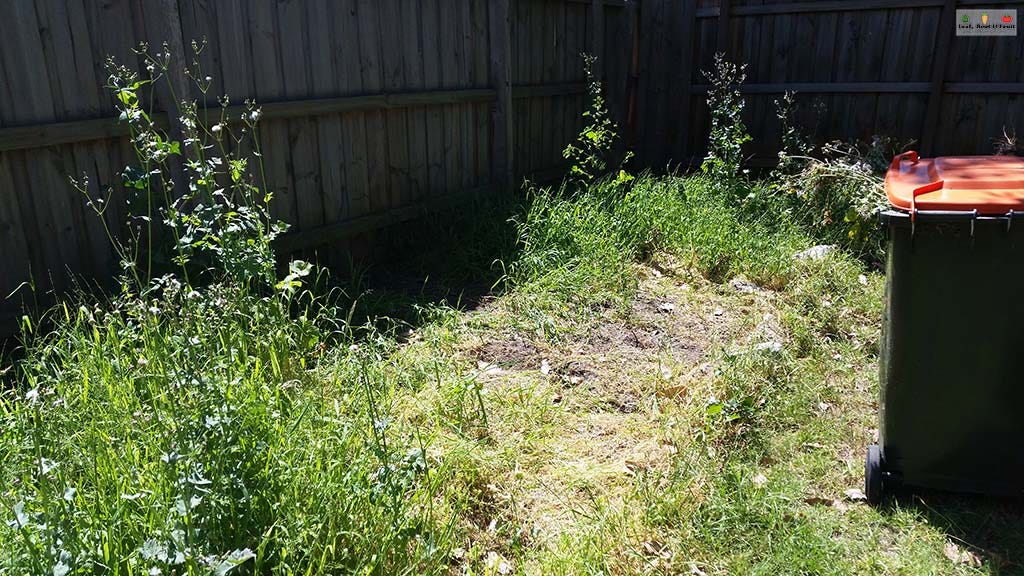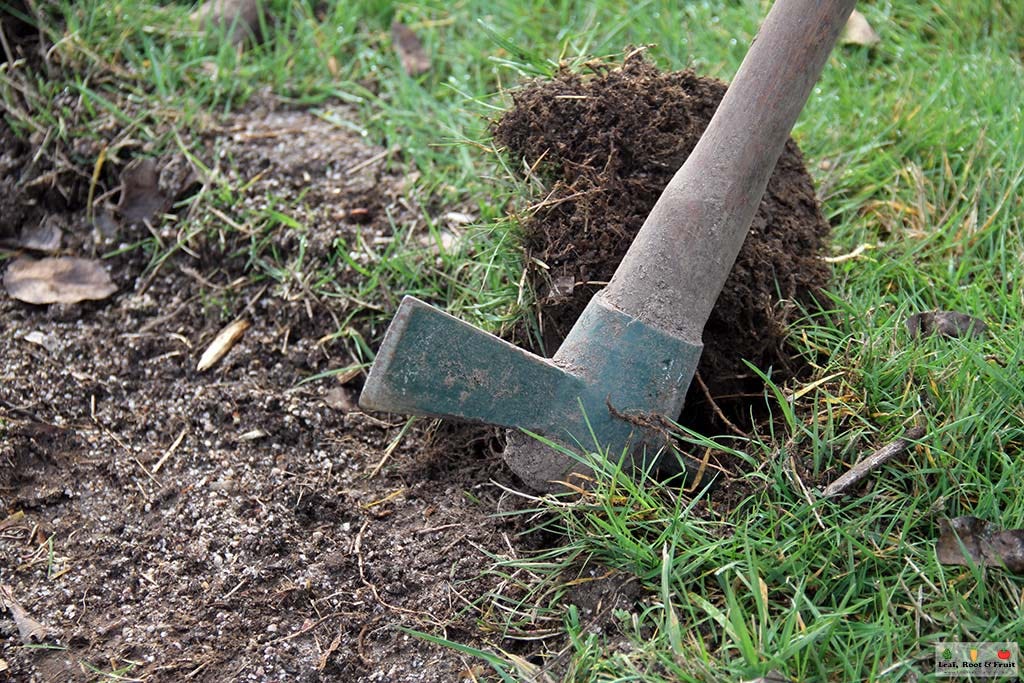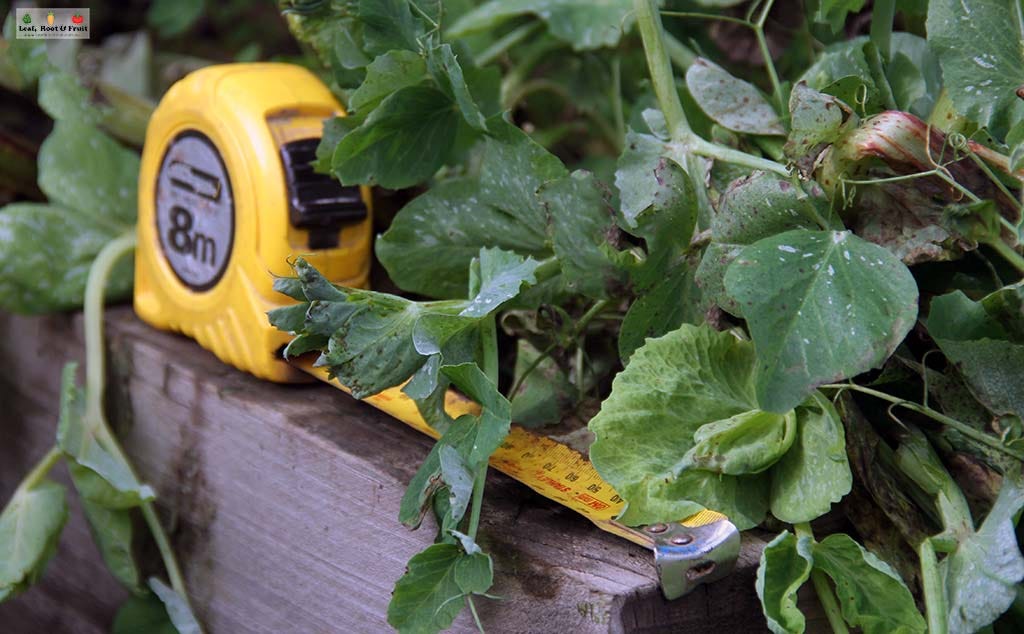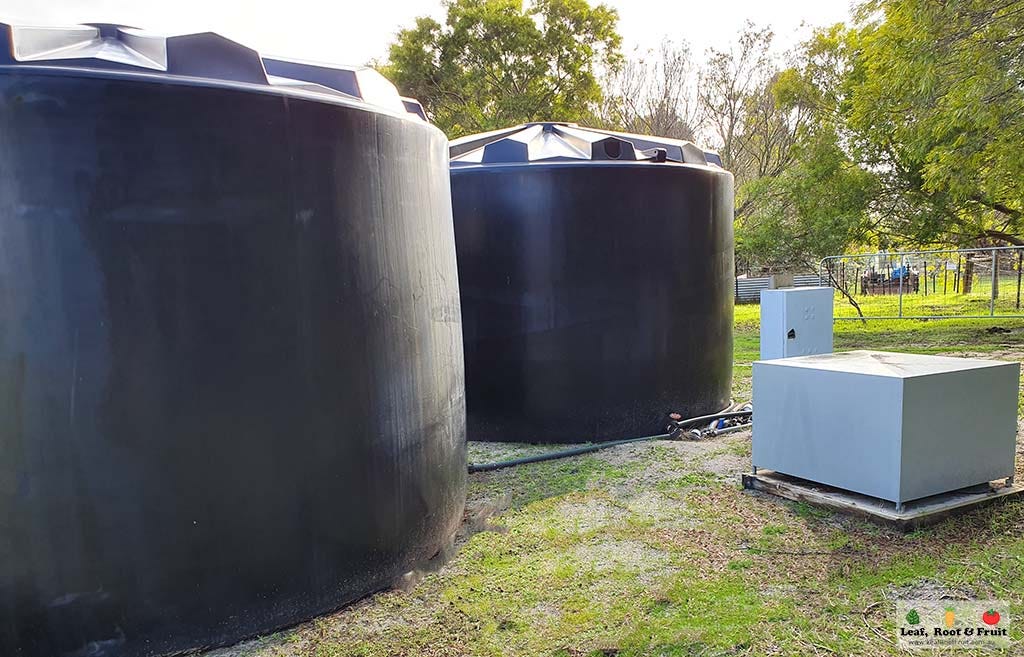What Size Should Your Vegetable Patch Be?
Part Six of the Vegetable Patch from Scratch Series
What a challenging question to answer. The wrong answer is “the bigger the better” as that’s applicable only to some folks. Obviously, conditions such as sunlight and shade can limit the size. So too can the actual size of your property. If you have plenty of sunny spaces to work with then how big should you go?
You have four budgets to consider when planning your vegetable patch. These should determine the size of your patch:
Available sunny space budget
Your property has finite edges. Within its boundaries, spaces such as the house prevent you from accessing the soil underneath them. Trees, other buildings etc provide shade, so these further limit your available sunny space budget. What else is non-negotiable when it comes to designing your outdoor space? Do you entertain and need to have plenty of space for barbeques? Do the kids need space to kick the footy? Make a list of all the non-negotiables and see how much space you have left for your vegetable patch.
Time budget
Next up is your time budget. There are 168 hours in a week. How many of those will you dedicate to tending your vegetable patch? Be honest with yourself. To be more realistic, you may like to halve or even quarter the first number you came up with. A vegetable patch takes time to nurture. Finding the sweet spot between maximising productivity and leaving time for other interests is difficult. Overcommitting to a large patch is likely to lead to a weedy, neglected, unproductive area overgrown with weeds. Make sure your patch size is manageable!

Water budget
If you are connected to mains water, you can skip this bit. If you are living off-grid or reliant on tank water, then you are limited by your water budget. The larger the patch, the more water you will use to keep it alive over summer. Kyneton, where I garden, has long dry summers. Even though we are connected to mains water, I aim to use only tank and bore water. Water has become the biggest limitation on my garden expansion plans.
Financial budget
Finally, finances can play a part, especially if you plan to use raised beds. These cost money to buy and fill with good quality soil. Financial budget is less of an issue if you plan to grow your vegetables in the ground.
What if you don’t know your budgets yet? What is a good-sized patch to start with?
The four different budgets I described are different for every household. Working out the interplay of the four budgets is almost impossible to do on paper. You’ve got to get growing and find out for yourself what the ideal patch size is for your household.
To do this, I recommend you focus on growing in the ground for the first few years. This enables you to gain some experience with growing and start generating data to record and analyse (more on this in Part 10).
Start with a small patch of a few square metres. Remove the grass and dig through plenty of compost. Don’t overthink it – just get growing!

If you manage to do that easily and have plenty of energy to spare, consider taking over a few more square meters of grass. Do it all step by step and avoid overcommitting. Tend the patch for the summer. Get into the habit of watering, picking and using your produce. Winter vegetables are easy to tend – they practically look after themselves. Therefore, they’re not a great test of your time budget.
At the end of the summer reflect on your successes and failures:
What do you want to grow more of in future?
What should you plant less of to avoid gluts?
Will an irrigation system help with your time budget?
Did you have enough water to keep the garden thriving all summer?
Do you have the energy and time to manage a bigger patch?
Did the experience drain one or more of your budgets and leave you wanting a smaller patch?
The answers to these questions will guide you to expanding or contracting the space as your needs change. If you grow directly in the ground, it is easy to take over more space. It is just as easy to reduce the size of your patch by allowing the grass to take over again, and you can return to mowing it.
It is difficult to have this kind of flexibility with raised beds. I recommend new growers, especially those on a tight financial budget, grow in the ground for a few years before committing to the expense and effort of raised beds.



